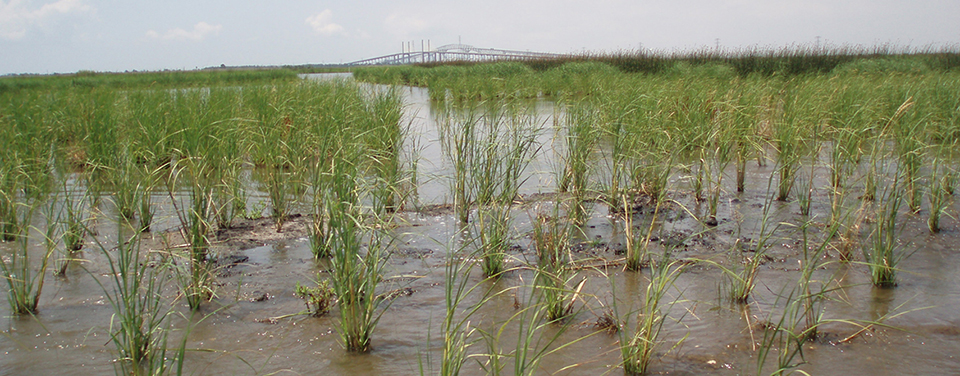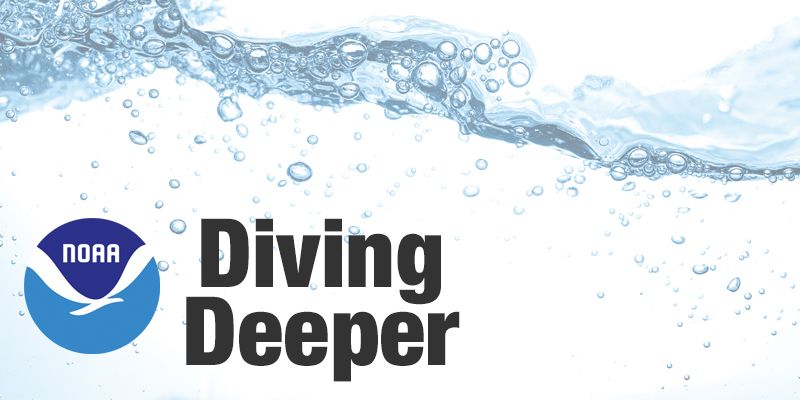Restoring Natural Resources
Diving Deeper Shorts: Episode 28

Restored wetland in Texas
Hazardous substances released over time from a Gulf of Mexico oil refinery required NOAA and its partners to restore intertidal marsh at the Lower Neches Water Management Area in Port Arthur, Texas.
Transcript
Eighteen years ago, on January 6, 1996, NOAA issued its final rules for conducting Natural Resource Damage Assessments for oil spills. Given this 18 year anniversary, today on Diving Deeper Shorts we will revisit our interview with Tom Brosnan on restoring natural resources injured by oil spills or hazardous waste sites.
Let's listen in.
HOST: Tom, can you explain to us why NOAA is involved in the restoration efforts following an oil spill or following some type of release from a hazardous waste site?
TOM BROSNAN: NOAA is a trustee for public natural resources like marine fisheries, migratory fish like salmon, and protected species like sea turtles and dolphins. And as such, we are stewards charged with protecting and restoring those resources for present and future generations. And when those resources are injured by releases from hazardous waste sites or from oil spills, we are charged with protecting and restoring those resources, and holding those responsible for those discharges to restore them.
HOST: How can we protect natural resources from oil spills and waste sites?
TOM BROSNAN: Well generally we try to take actions that reduce the impacts from the spill or the release and that allows a more rapid recovery of those resources. So, for example, we provide scientific expertise to various cleanup agencies both during spills and waste site events. For spills, we provide information on the fate, the transport, the toxic properties of the oil, and also the resources at risk, and we also provide advice on the cleanup methods for sensitive areas like wetlands.
For waste sites, we provide information to get a protective remedy. What that means is we try to minimize the remaining contamination and maximize the amount and quality of the habitat post remedy. And both of these activities are designed to protect the resources from ongoing and future injuries and to promote rapid recovery via clean and healthy habitat for those species to thrive.
HOST: How long after an event, do you have to wait to begin restoring the area?
TOM BROSNAN: So ideally we like to provide restoration for spills and waste sites as quickly as possible, but that often depends on how quickly the oil or the hazardous waste can be reduced to less harmful levels that will actually allow active restoration to occur. So for example, if the site remains too contaminated, the restoration effort may fail, or it may create an attractive nuisance, that is, it may attract wildlife to contaminated habitat. And it also depends on how long it will take to assess the impacts, we want to make sure we understand the full degree of loss before we can craft the restoration for the gain.
HOST: That's all for today's Diving Deeper Shorts, thanks for tuning in. Want to learn more? See our show notes for a link to the full episode. Diving Deeper is back in two weeks.

Connect with ocean experts in our podcast series that explores questions about the ocean environment. Get ready to Dive Deeper!
Subscribe to Feed | Subscribe in iTunes